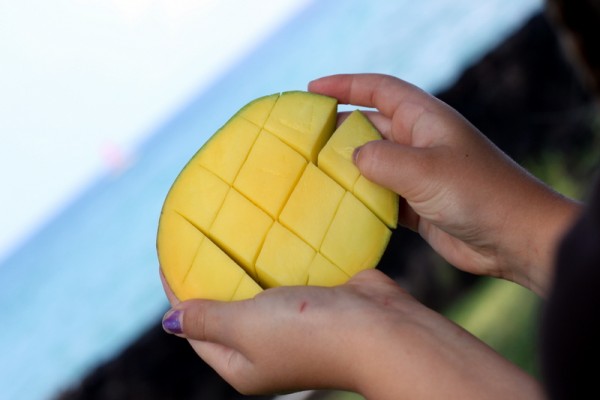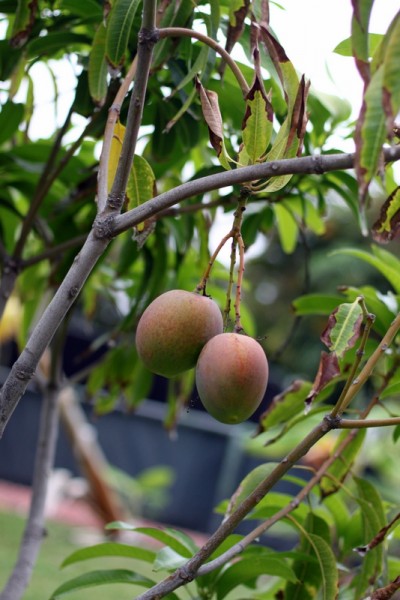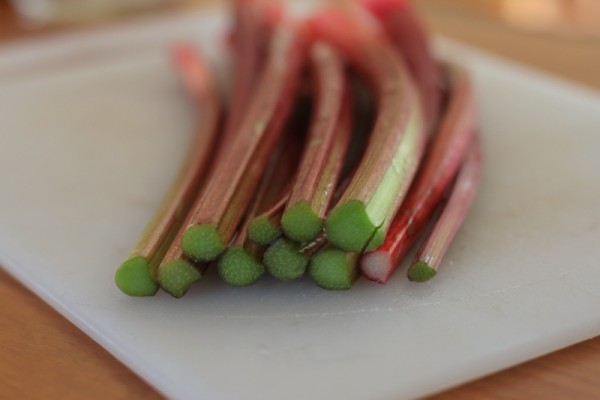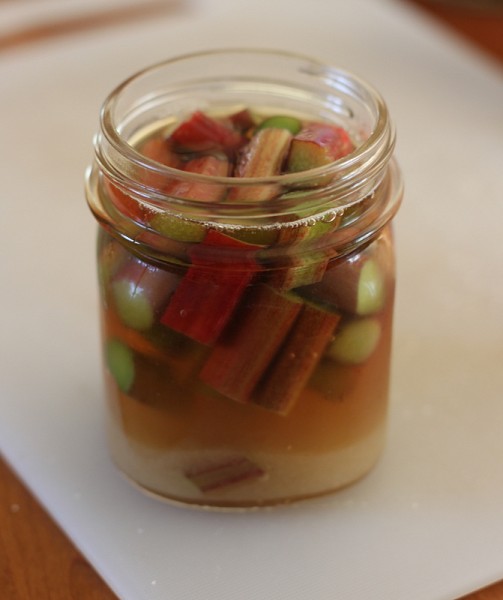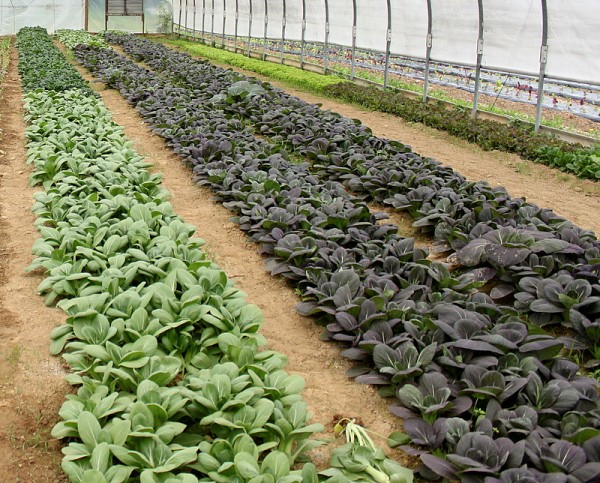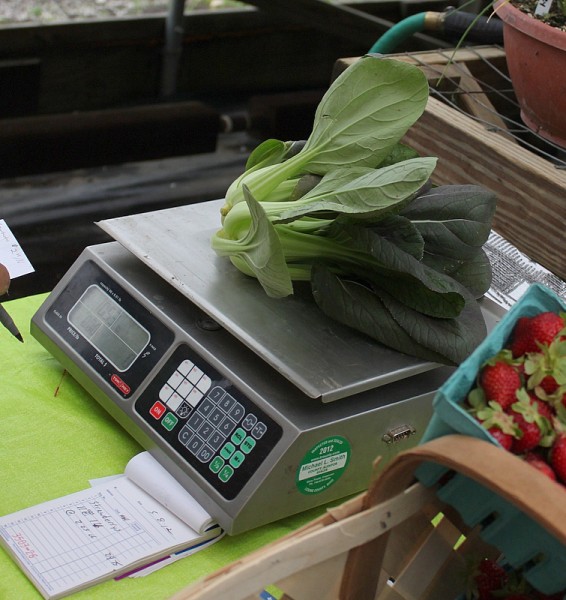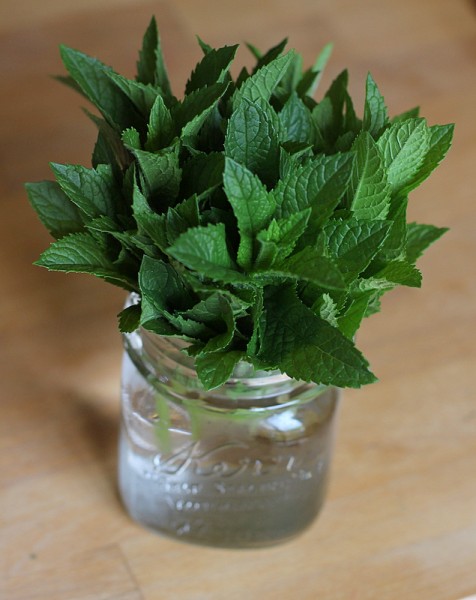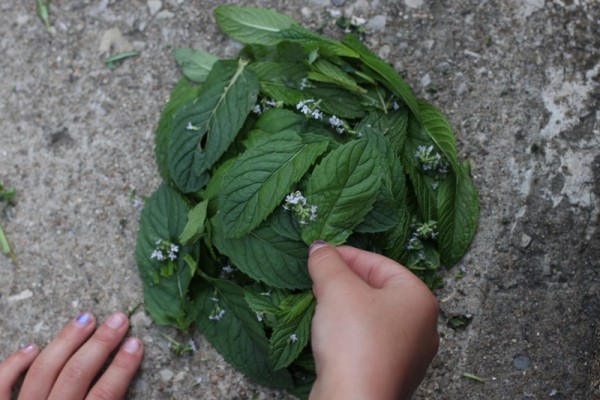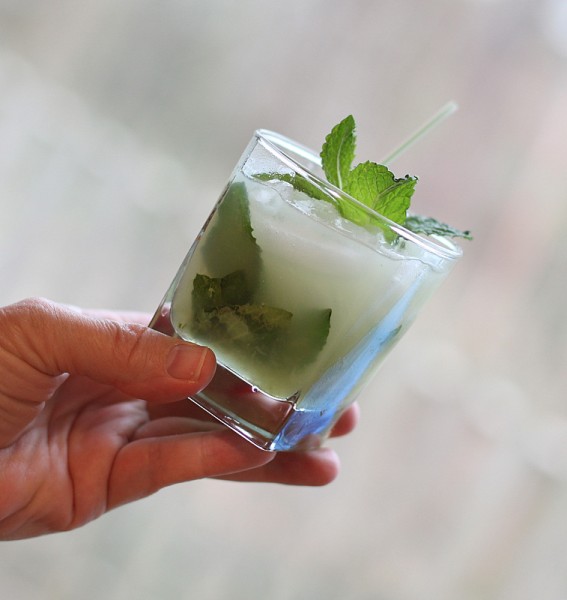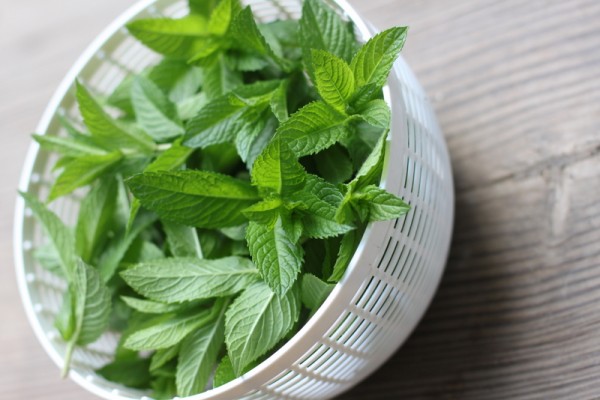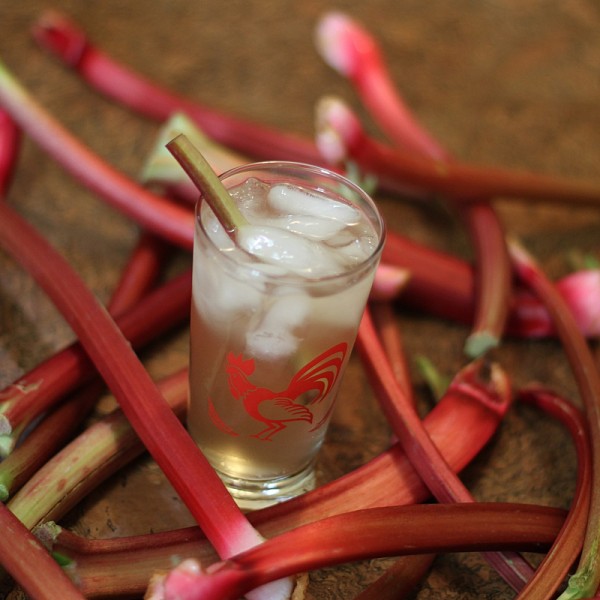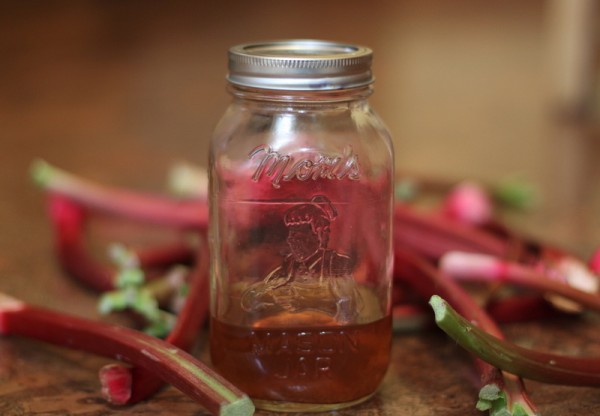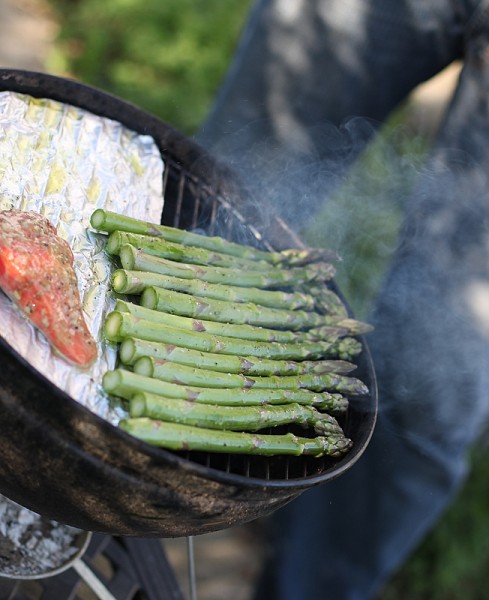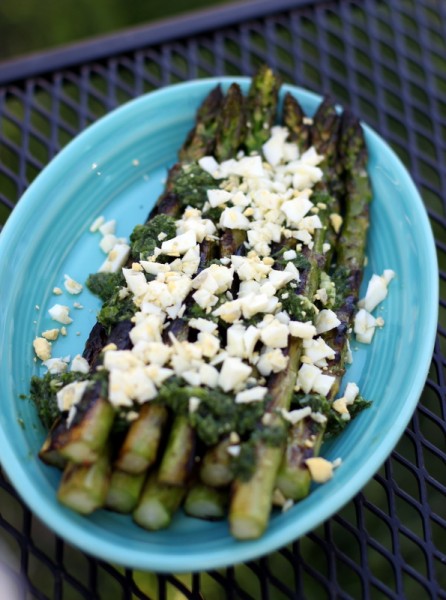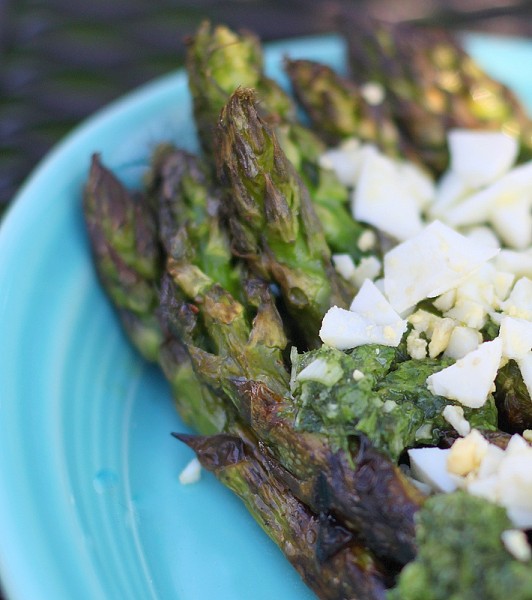 Do you know about the US Farmers and Ranchers Alliance (USFRA)? It is a newly created umbrella organization of state farm bureaus and grower's councils. Their mission is to "lead the dialogue and answer Americans’ questions about how we raise our food". Their new website Food Dialogues is designed to help facilitate conversations about how people, the planet, and businesses are affected by agriculture.
I have been a member of the Ohio Farm Bureau (OFB), member of USFRA, for over a decade. This relationships started because of their Nationwide insurance discounts and continues because I want to be part of the food culture in Ohio.
Do you know about the US Farmers and Ranchers Alliance (USFRA)? It is a newly created umbrella organization of state farm bureaus and grower's councils. Their mission is to "lead the dialogue and answer Americans’ questions about how we raise our food". Their new website Food Dialogues is designed to help facilitate conversations about how people, the planet, and businesses are affected by agriculture.
I have been a member of the Ohio Farm Bureau (OFB), member of USFRA, for over a decade. This relationships started because of their Nationwide insurance discounts and continues because I want to be part of the food culture in Ohio.

Conflicted History
My feelings about the Ohio Farm Bureau, and hence the USFRA, are mixed, though. While the OFB presents the stories of friends Sippel Family Farm and Marilou Suszko in their lovely and informative Our Ohio magazine, the values advocated by OFB are often out of line with my own. I passionately argued against the intrusion of 'livestock care board' into the Ohio state constitution while the Farm Bureau helped deceive Ohioans into voting for Issue Two a few years ago. Similarly, while I believe in the rights of workers to organize, the Farm Bureau presented anti-union arguments in last fall's Ohio Senate Bill 5. I truly couldn't understand their position on SB 2, as the farm bureau itself is an organization of workers.
The USFRA is made up of other groups that ruffle my feathers, including Monsanto, Dow AgriSciences, and DuPoint as "Industry and Premier Partners". Behind the scenes, these monied and influential businesses promote agricultural bills that generally work against the diverse, organic, small farms that I believe are healthiest for farmers, consumers, and the environment.
Continue the Conversation
Despite conflicts, I believe that staying in the discussion is important. If local food advocates turn their backs on the USFRA, our voice will be lost. Perhaps by making some noise about what we want to see in the food system, we can affect change.
There are so many reasons to speak up. The honeybees and rivers need advocates to call attention to how farm waste can affect species far from farm sites. People who do not have the time or courage to speak up - the working poor, undocumented immigrants, and children - need us to insist on affordable food that does not compromise human and environmental health. People like me who care about antibiotic overuse must speak up for the farm animals who are given disturbing quantities and varieties of medicines to stay alive during stressful raising conditions. Farmer workers themselves, sometimes locked into contracts to use products that may be harmful to their personal health, need consumers to demand safe growing conditions.
The USFRA is hosting conversations virtually at Food Dialogues and on their facebook page. I set up my profile and joined the Facebook page to ask questions like:
- How will the USFRA support and grow the number of small organic farms in the US?
- Why is there arsenic and antidepressants in chickens and what is the USFRA doing to stop this practice?
- How can environmental protection be promoted when agricultural subsidies encourage over-production?
- Transporting livestock to slaughter, produce across the country, and even farm workers between farms uses an excessive amount of fossil fuels. The Eat Local movement reduces this demand. How will the USFRA support reduced 'food miles'?
- Why are there no councils or groups of produce growers in the USFRA? Maybe if a vegetable council promoted fresh produce, Americans would have more access to affordable fresh food.
Please join me in dialogue about growing food in the US. Leave a comment below (about agriculture, food, or anything you like) and enter to win a prize package of a Crock-Pot Programmable 6-Quart Slow Cooker and two reusable designer shopping bags from Envirosax.


Giveaway details: Prize package is a Crock-Pot Programmable 6-Quart Slow Cooker and two reusable designer shopping bags from Envirosax. Prize Pack ERV - $68. Prize is provided and delivered by USFRA; Entrants agree to not hold Rachel Tayse Baillieul or Hounds in the Kitchen liable for the prize. Entry open to US resident adults 18 years of age and older. Entries as comments on this site will be accepted from 10 am EST Wednesday April 11, 2012 - 10 am EST Wednesday April 18, 2012. One winner will be chosen on Wednesday April 18, 2012 by random.org and notified via email. In the event that a winner does not respond within 48 hours, a new winner will be selected.
Disclosure: The US Farmers and Ranchers Alliance paid me a stipend to introduce readers to their Food Dialogues website and Facebook page. All opinions are clearly my own.
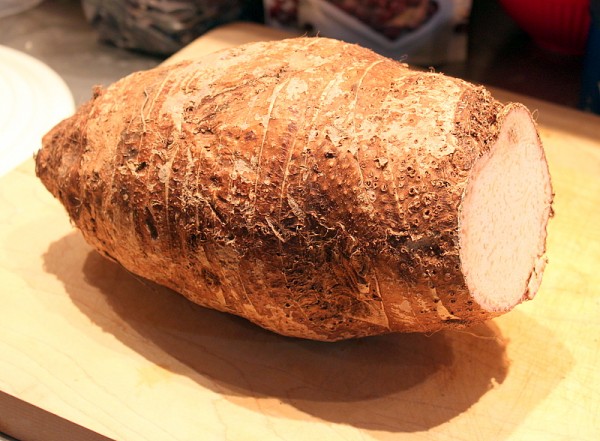 I saw plenty of unfamiliar produce at farmers' markets in Hawaii. Often I ask farmers what to do with strange items but when I purchased the above taro root from a non-native English speaker, I didn't receive much guidance. My family was suspect of the taro after eating poi and I wanted to show them it could be tasty so I employed my five step plan to enjoy an unfamiliar vegetable:
I saw plenty of unfamiliar produce at farmers' markets in Hawaii. Often I ask farmers what to do with strange items but when I purchased the above taro root from a non-native English speaker, I didn't receive much guidance. My family was suspect of the taro after eating poi and I wanted to show them it could be tasty so I employed my five step plan to enjoy an unfamiliar vegetable: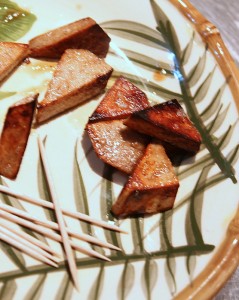 4. Oven Roasted - Nearly all produce, including fruit, taste sweeter after a trip in a hot oven. Toss the raw product with a little olive oil, salt, and pepper (or brown sugar in the case of fruit) and cook until caramelized. Roasted taro mixed nicely with potatoes prepared the same way.
4. Oven Roasted - Nearly all produce, including fruit, taste sweeter after a trip in a hot oven. Toss the raw product with a little olive oil, salt, and pepper (or brown sugar in the case of fruit) and cook until caramelized. Roasted taro mixed nicely with potatoes prepared the same way.
